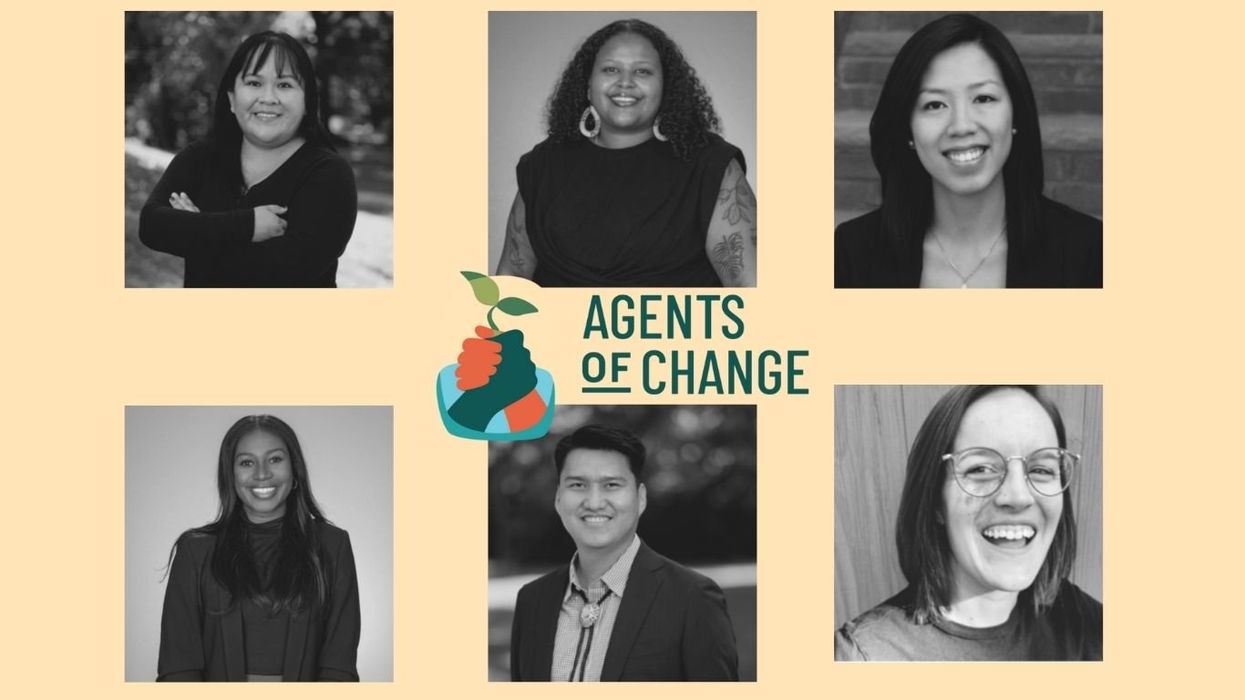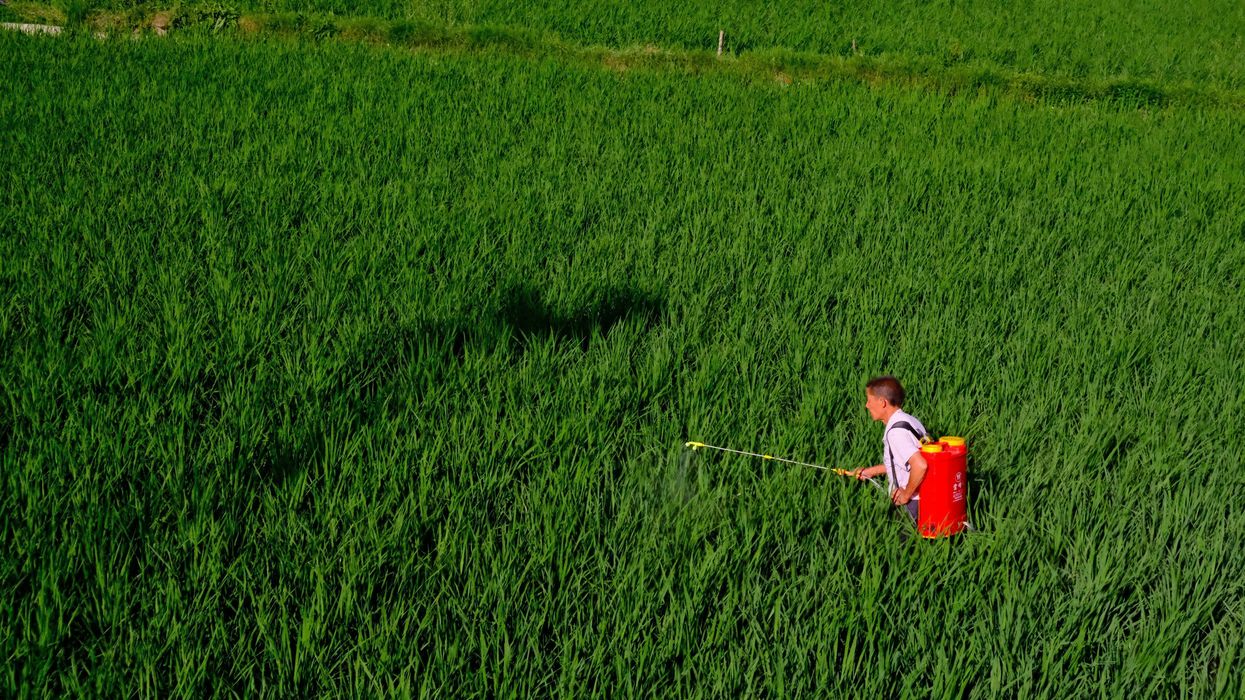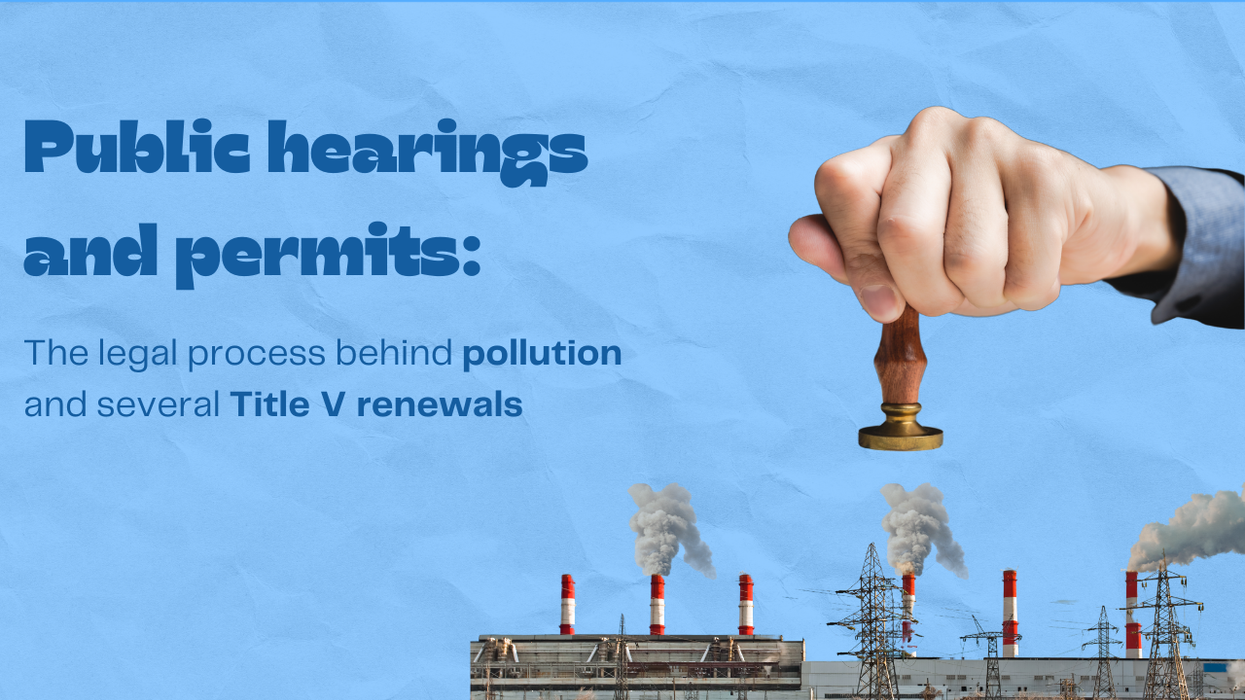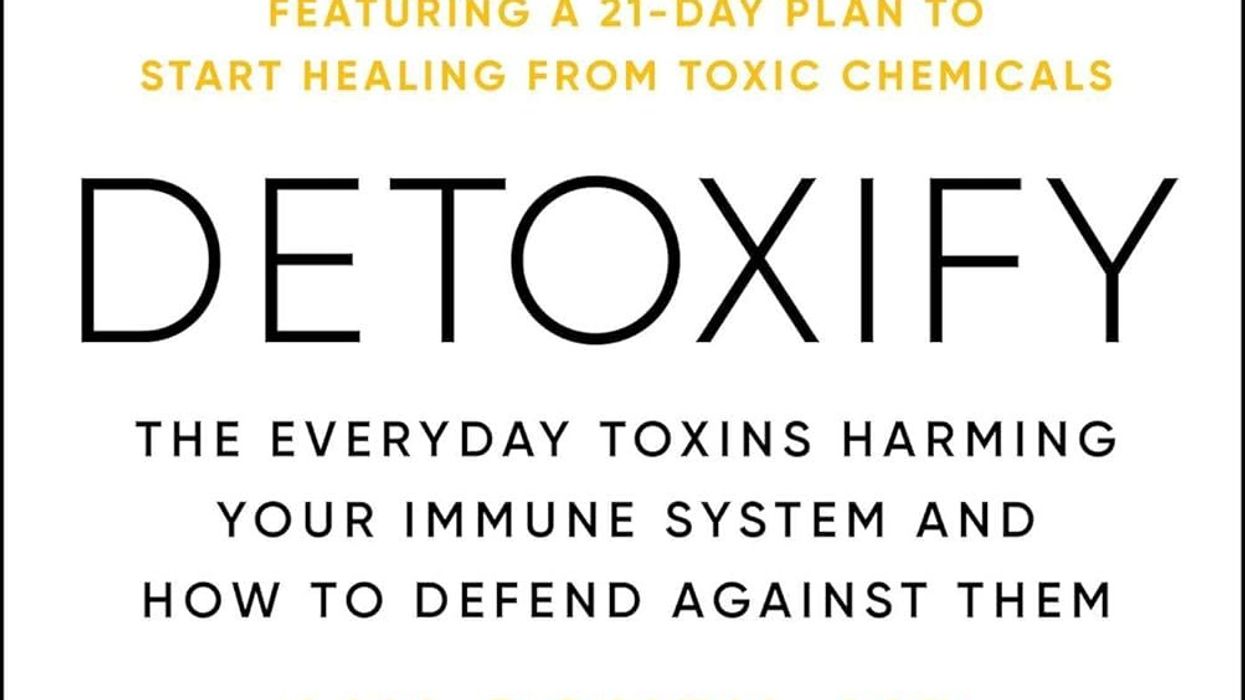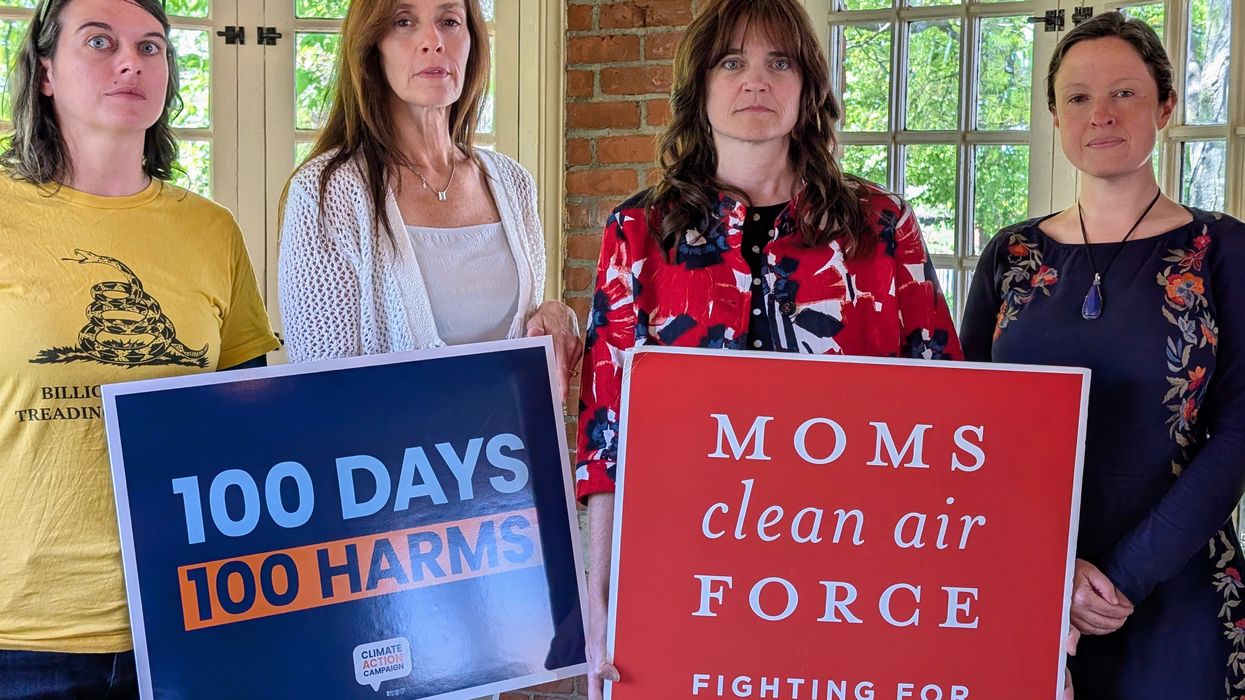Inconvenient data buried as 'confidential business information.'
Glyphosate is the most commonly used herbicide in the world. kixmi71/flickr.
After the European Parliament obtains the release of Monsanto's data, a very different picture emerges about the safety of its product.
June 4, 2017
By Pete Myers
EHN
Follow @petemyers
The key ingredient in the most widely used herbicide in the world, Roundup, is stirring up controversy again.
A new analysis of previously confidential data has revealed serious errors in the supposedly scientific justification that glyphosate is safe.
The analysis comes from a real silverback in the environmental health field: Dr. Chris Portier, retired Director of the US National Center for Environmental Health and formerly the director of the US Agency for Toxic Substances and Disease Registry. He finds that the European Food Safety Authority (EFSA) and the European Chemical Agency (EChA) missed eight instances where statistically significant increases in tumors occurred in animals exposed to glyphosate.
Portier was only able to obtain access to these data, which had been submitted for review by Monsanto, because in 2016 members of the European Parliament requested that the data be made available for public scrutiny. This request—and the delayed release of the data in the first place—was necessary because the data had been considered confidential information by EFSA and EChA.
In these additional analyses, I found eight significant increases in tumor incidence that do not appear in any of the publications or government evaluations presented by both EFSA and EChA.
He also observes:
Transparency is an important aspect of the scientific process and I applaud EFSA for allowing limited access to the raw data from the animal studies of glyphosate. However, scientific rigor is required and the tumors identified in Table 1 may be interpreted as a failure by the agencies involved in these assessments to carefully review and analyze all of the available data before rendering a decision that there is no evidence that glyphosate is carcinogenic to humans.
Finding these lapses, Portier adds:
I am concerned that other areas of the EFSA review [e.g. reproductive toxicity and endocrine disruption] may have also received inadequate evaluations. Since the industry-supported scientific evidence is not available to external scientists, I am unable to evaluate these data and determine if there are positive findings.
In summary, after numerous scientists from EFSA, from EChA, from BfR and from the Glyphosate Task Force have reviewed and evaluated this massive amount of data, there are still serious omissions in the way in which these data have been assessed and reported. I respectfully ask that the agencies involved in the evaluation of glyphosate conduct their own analyses of the tumor sites presented in Table 1 and amend the record of their decision as appropriate rather than simply ignoring these observations.
Could it be that this was a one-time error? Or is it possible that this occurs regularly with the many other chemicals that go through safety reviews in which the original studies are protected from independent analysis by concerns over "confidential business information."
I'm trying not to be cynical, but I can't stop thinking that perhaps the need for confidentiality was generated by the inconvenience of the data.
Here is a link to Portier's 6-page letter.
Here is a link to a review of glyphosate I led two years ago that also reached conclusions inconsistent with the regulatory agencies' findings.
And you can find more than 1,500 stories on glyphosate, including a June 2 EurActiv story on Portier's letter here in our archives.
Oregon wheat grower Tom Sorey uses a sprayer to chemically fallow his land. Photo courtesy NRCS Oregon.
Pete Myers is the founder and chief scientist of Environmental Health Sciences, publisher of EHN.org and DailyClimate.org.
EHN welcomes republication of our stories, but we require that publications include the author's name and EHN at the top of the piece, along with a link back to EHN's version.
For questions or feedback about this piece, contact Brian Bienkowski at bbienkowski@ehn.org.





